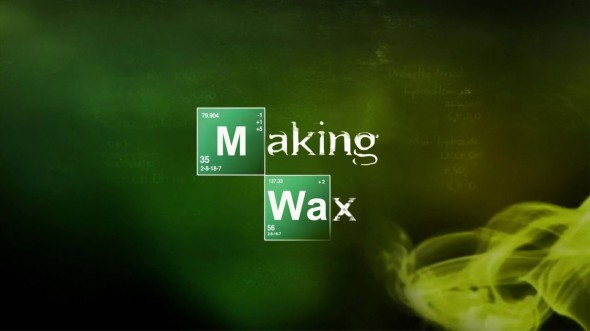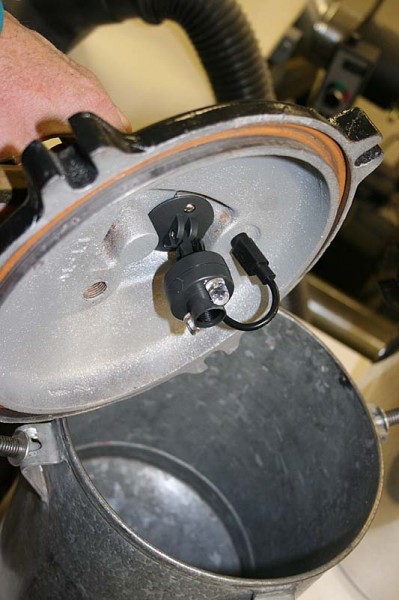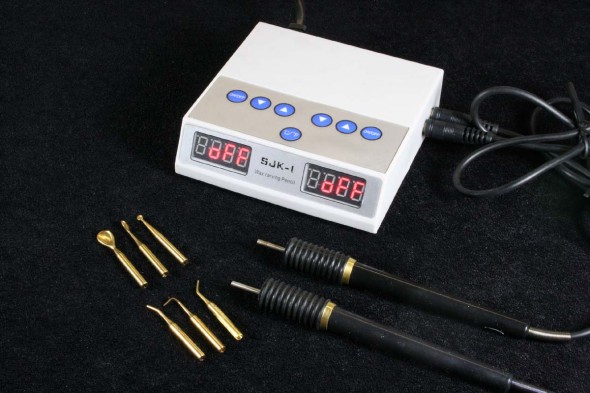Pouring, Hand-Forming, Detail-Carving, or Polishing – Wax Does it All

Sculpting and hand carving are skills that do not come naturally to me. I can visualize, create, and generally comprehend geometric forms, but there are some things that I just cannot see while working on shapes in nature, and this includes human faces and figures.
I do still need to be able to create an acceptable figure or head now and then for automaton or animatronic projects, but unless some skill develops it is destined to be a “rework until good enough” endeavor. I can live with that shortcoming as long as the job can still eventually get done. It does however require the selection and use of sculpting or carving materials that can tolerate a lot of mistakes and rework. The ideal material would be easily hand-moldable yet firm enough to hold shape and detail without fear of damage from the slightest mishandling. It must carve easily, but it should also allow easy addition of material to fill in mistakes.
After trying a few different types of sculpting media (water-based and polymer clays, oil based plasticine, basswood, carvable foam) I decided that carving wax was a material that I could live with.… Read the rest




